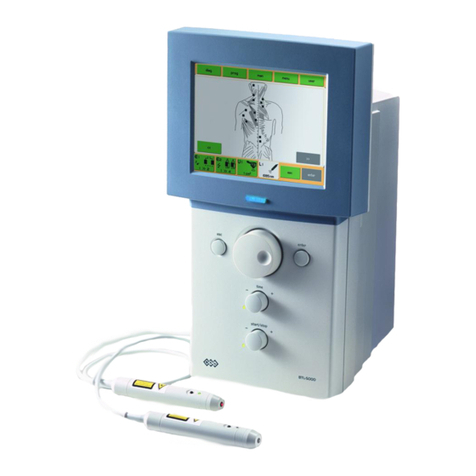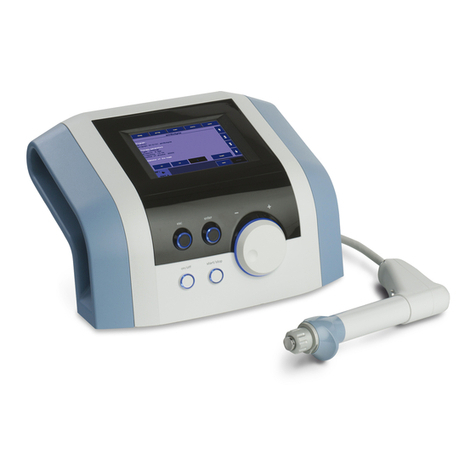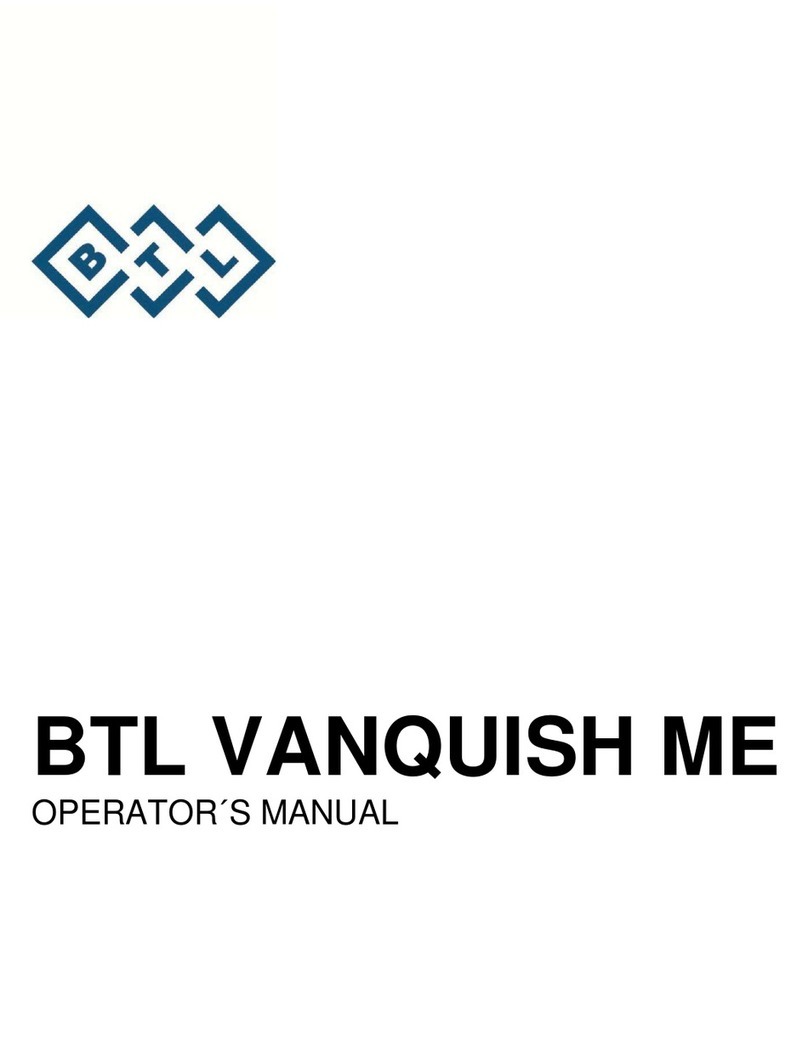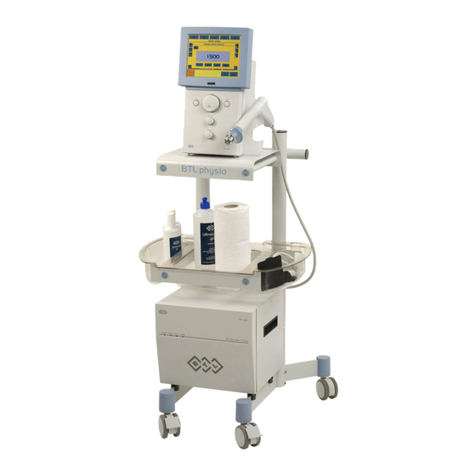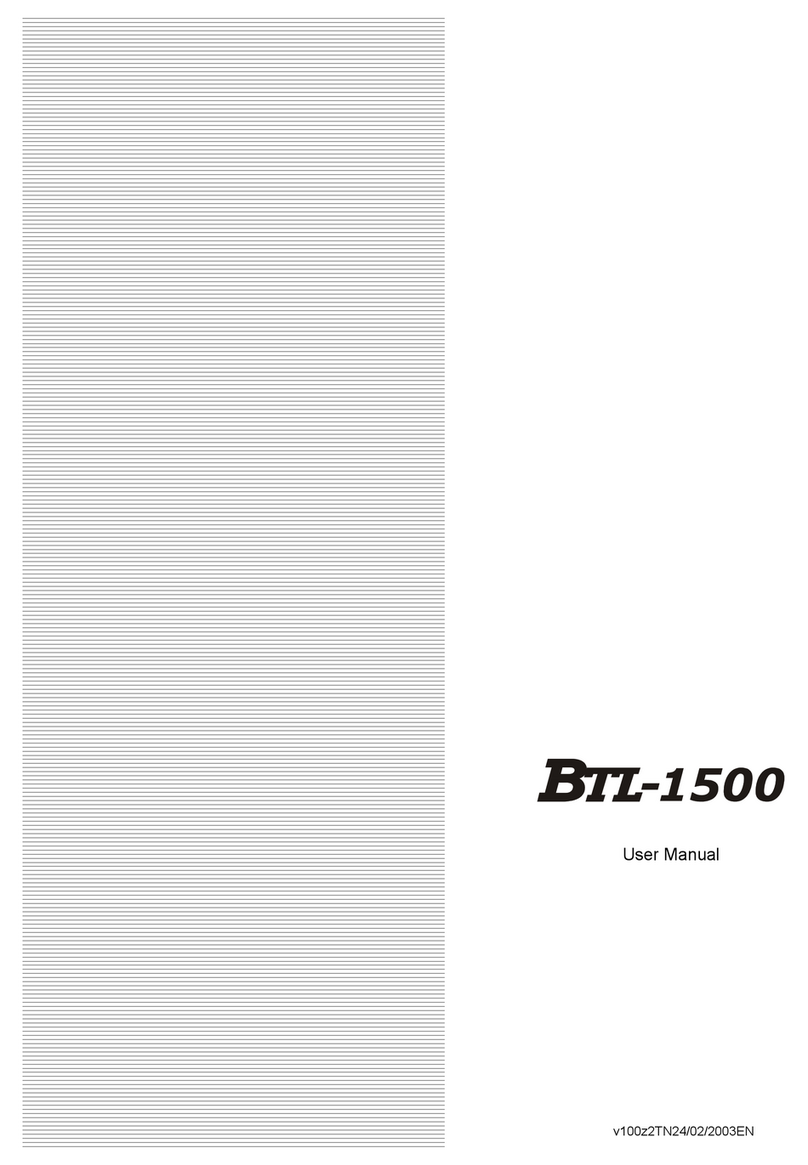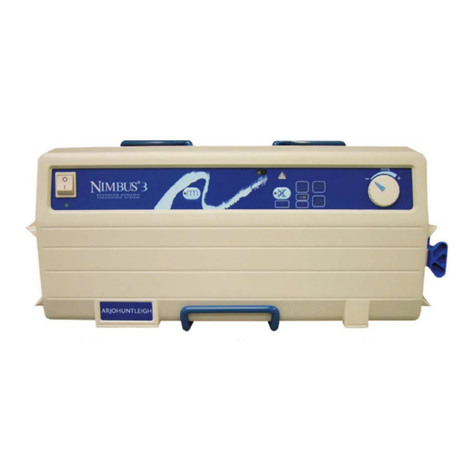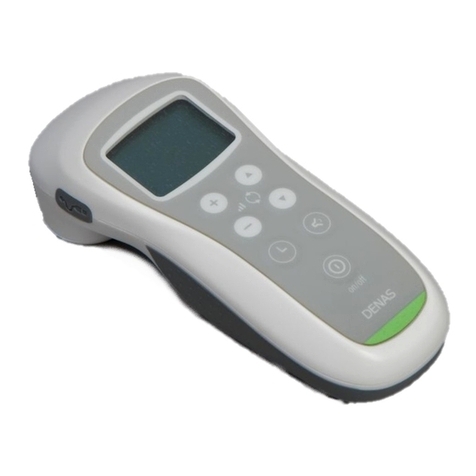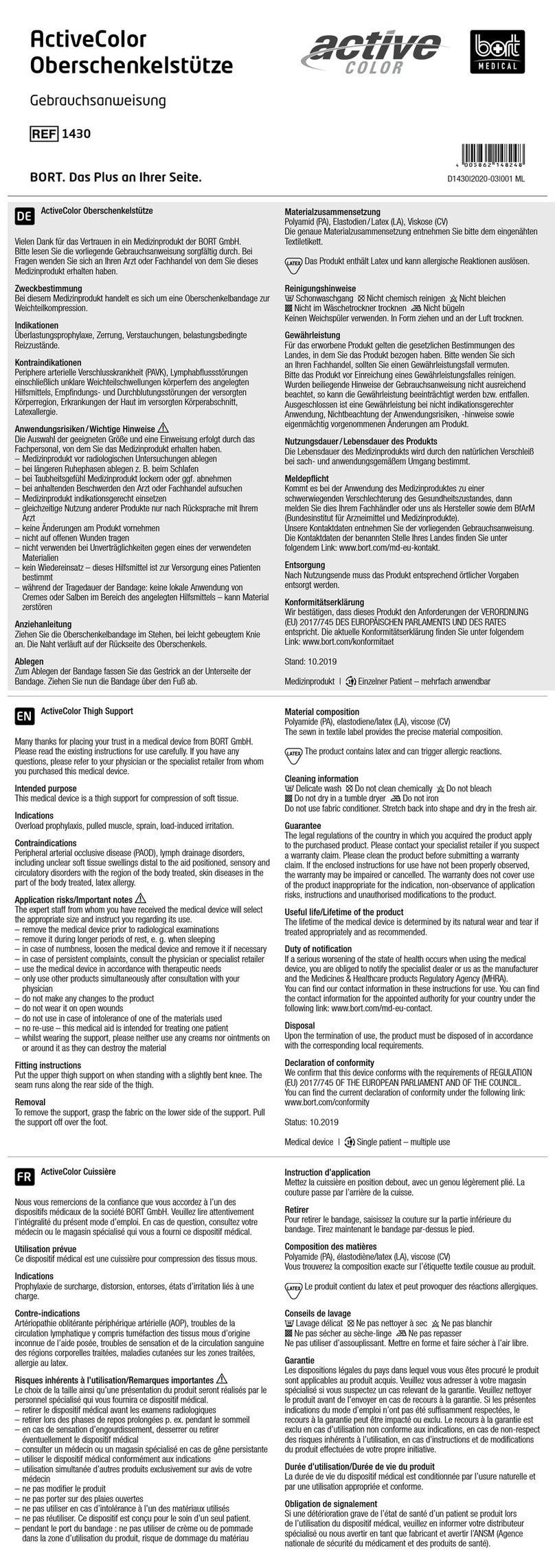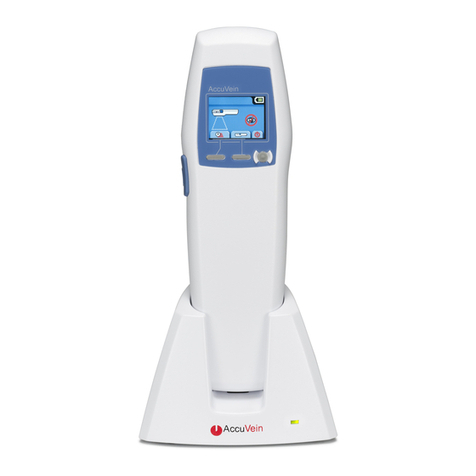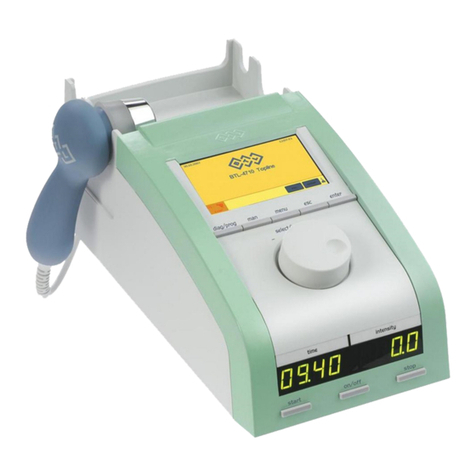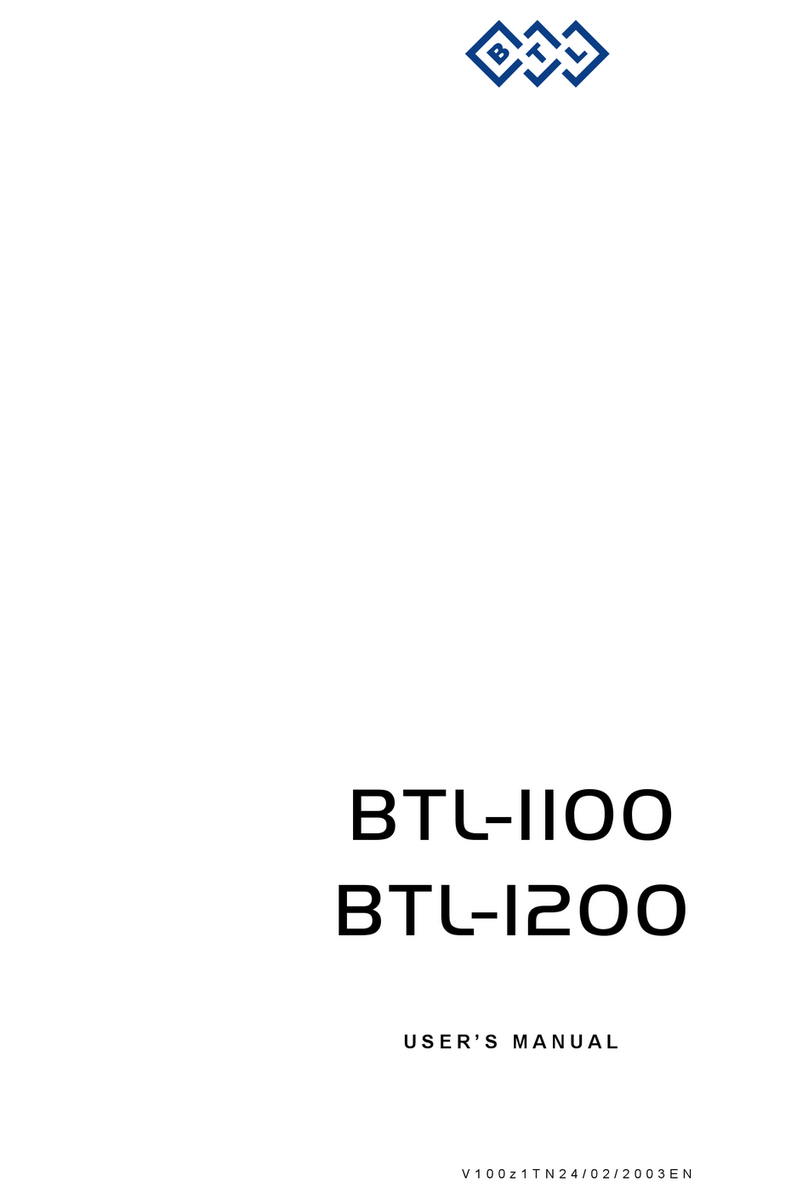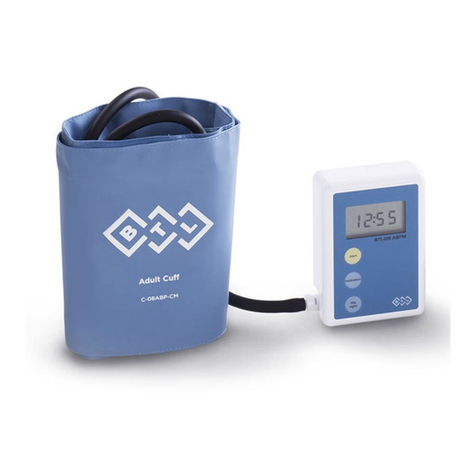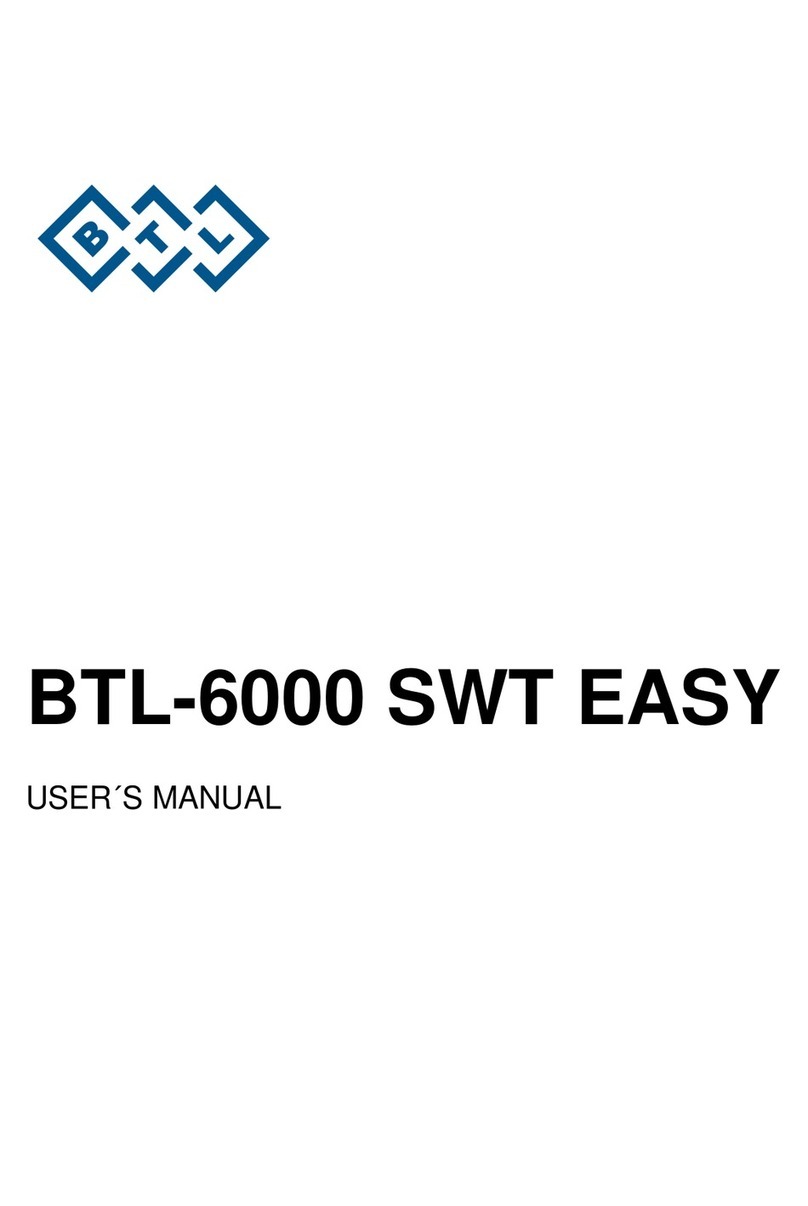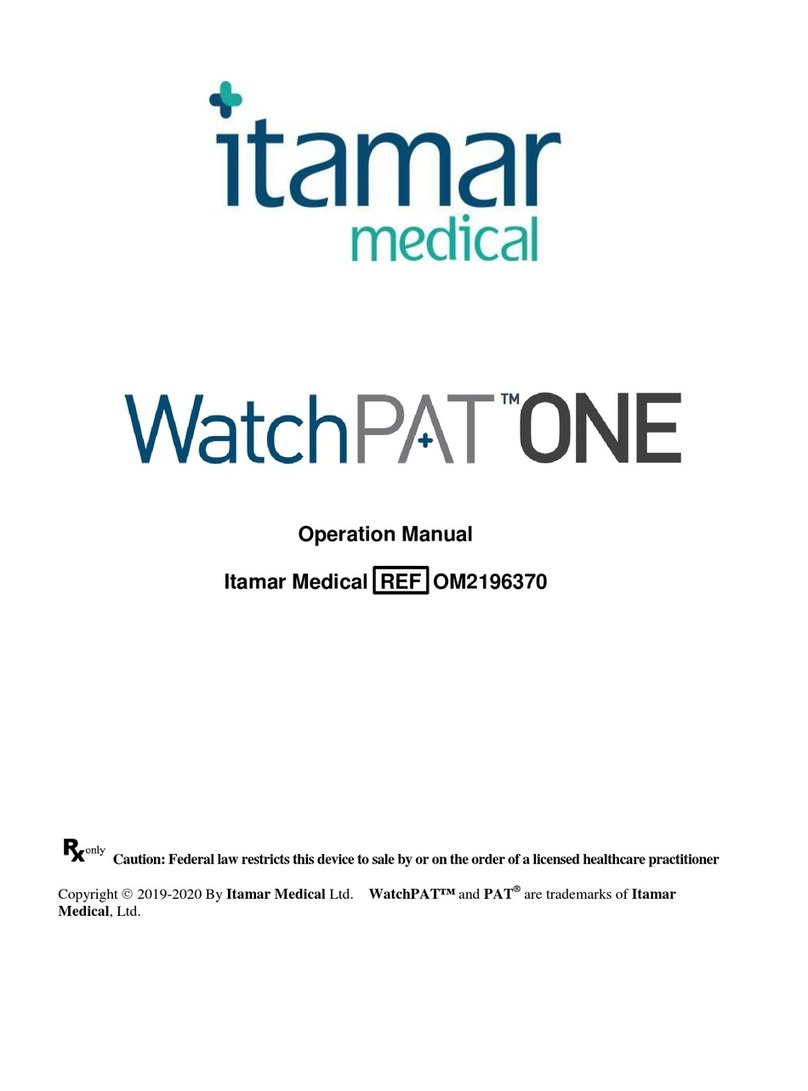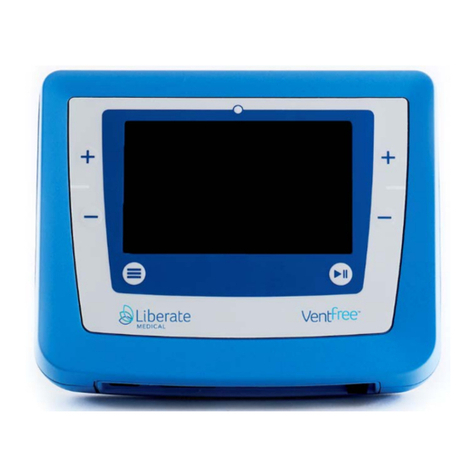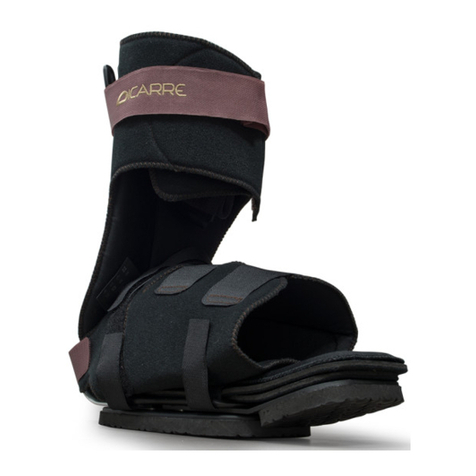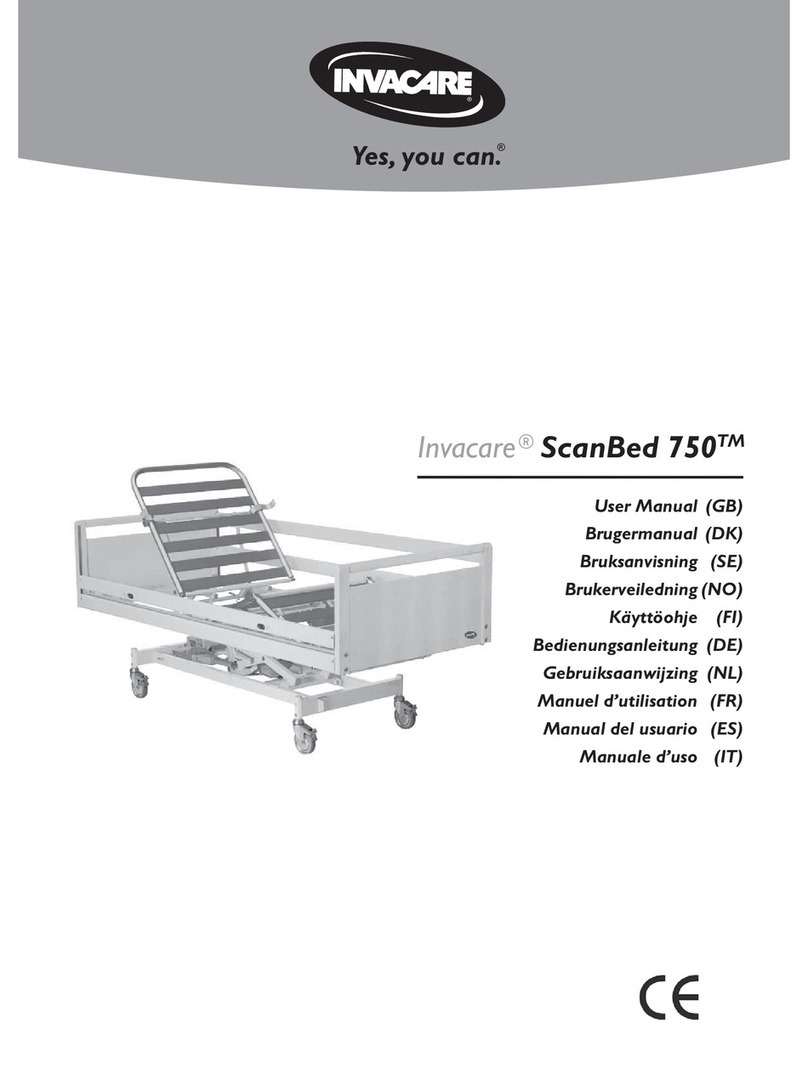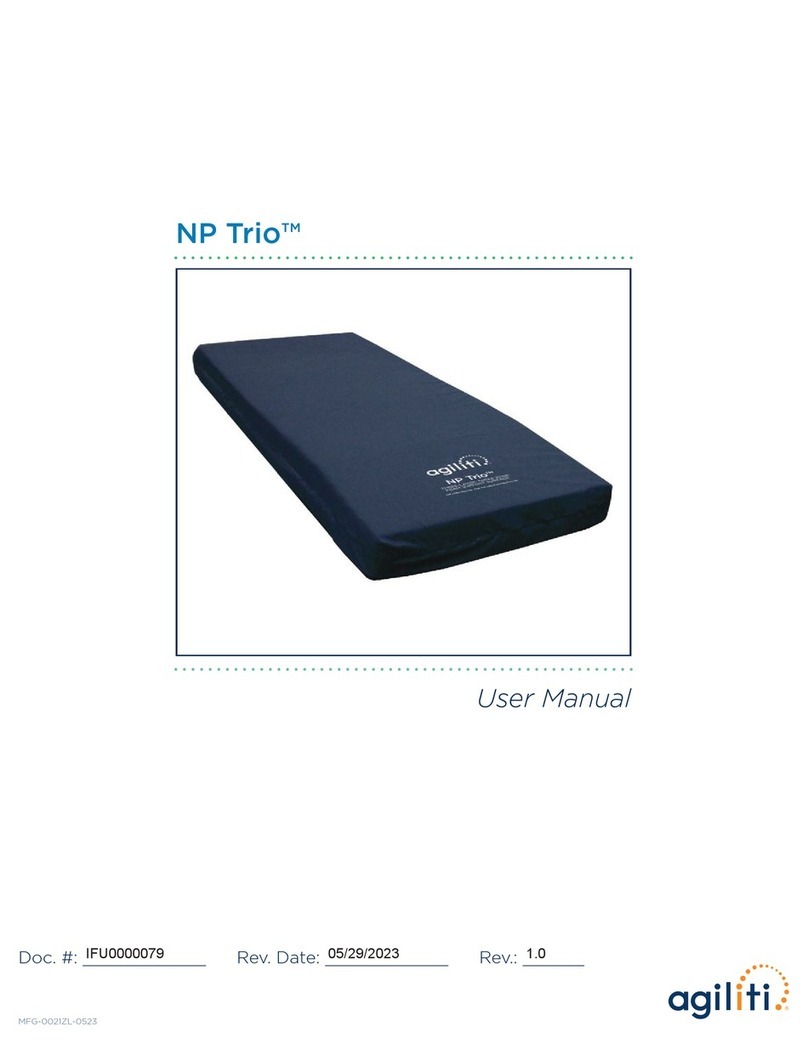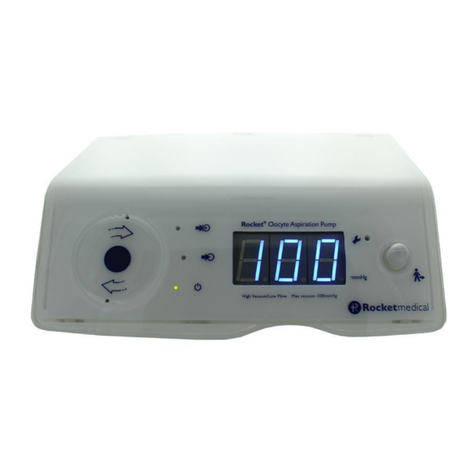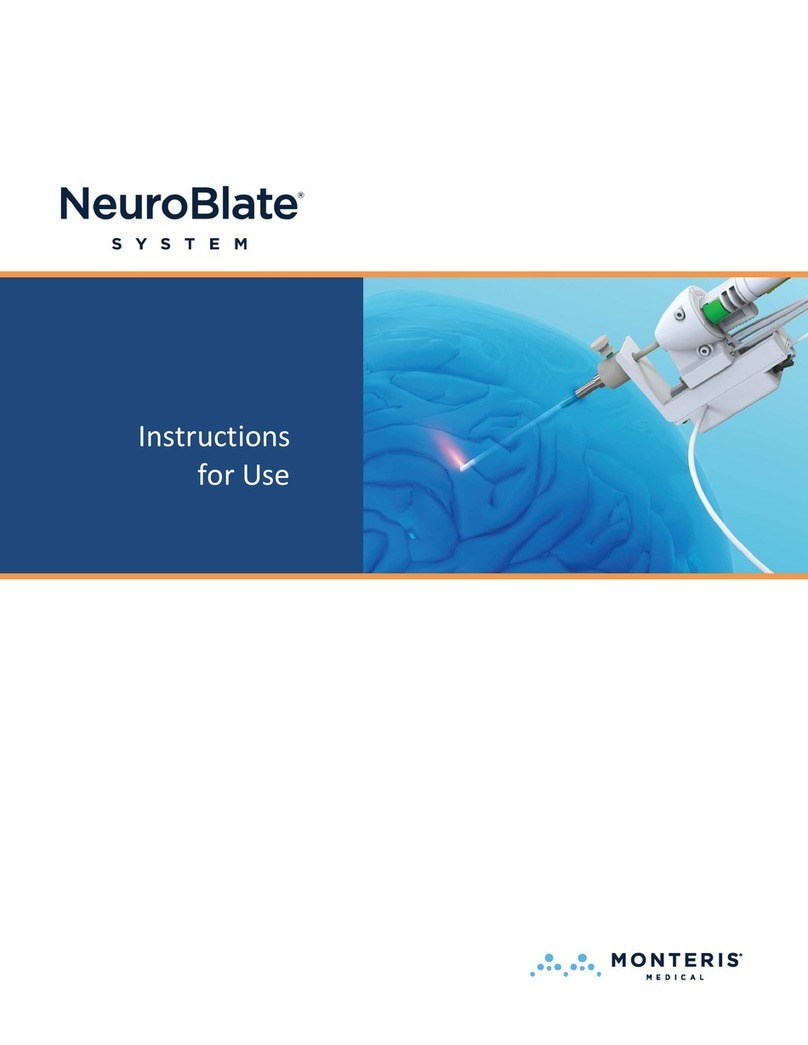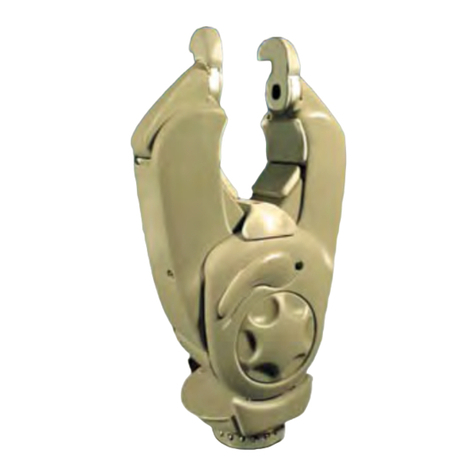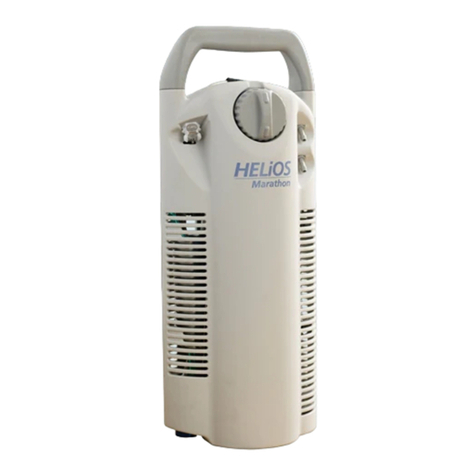
BTL-2000 USER'S MANUAL & USER’S GUIDE
Page 2 of 45
Index
1GENERAL CHARACTERISTICS ...........................................................................................................................4
2USER MANUAL .....................................................................................................................................................5
2.1.1 Outward Appearance .................................................................................................................................6
2.1.2 Functions of Push buttons, Connectors, and Display. ...............................................................................6
2.1.3 Basic Operation Procedures ...................................................................................................................... 6
2.2 Instrument Assembly and Initiation ............................................................................................................7
2.3 Starting Operation......................................................................................................................................7
2.4 Medical Field Selection (push button [DIAG]) ............................................................................................ 8
2.4.1 User diagnoses ..........................................................................................................................................8
2.5 Adjusting therapy parameters ....................................................................................................................9
2.5.1 Density .......................................................................................................................................................9
2.5.2 Irradiated Area ........................................................................................................................................... 9
2.5.3 Power.........................................................................................................................................................9
2.5.4 Frequency ................................................................................................................................................10
2.5.5 Nogier (Frequencies according to Dr. Nogier) .........................................................................................10
2.5.6 EAV (Frequencies according to Dr. Voll) .................................................................................................10
2.5.7 Medical Fields ..........................................................................................................................................11
2.6 Programme selection (push button [PROG]) ...........................................................................................12
2.7 Manual setting (push button [MAN]).........................................................................................................12
2.8 User menu (push button [MENU])............................................................................................................13
2.8.1 Patient search ..........................................................................................................................................13
2.8.2 Patient List ...............................................................................................................................................14
2.8.3 User diagnoses ........................................................................................................................................15
2.8.4 System Setup........................................................................................................................................... 17
2.8.5 Acupuncture.............................................................................................................................................21
2.8.6 PROBE TEST: Optical Power of Probe....................................................................................................22
2.9 Therapy....................................................................................................................................................23
2.9.1 Display during therapy .............................................................................................................................23
2.9.2 To start therapy........................................................................................................................................23
2.9.3 To interrupt therapy..................................................................................................................................23
2.9.4 To Continue Therapy ...............................................................................................................................23
2.9.5 To terminate therapy................................................................................................................................ 23
2.10 Power Supply: Mains and Battery ...........................................................................................................23
2.10.1 Sparing Batterires ....................................................................................................................................24
2.11 Optical Attachments.................................................................................................................................24
2.11.1 Dentistry Attachment................................................................................................................................24
2.11.2 Gynaecological Attachment .....................................................................................................................24
2.11.3 ENT Attachment.......................................................................................................................................24
2.11.4 Positioning an Attachment .......................................................................................................................25
2.12 Maintenance.............................................................................................................................................25
2.13 Safety of Instrument.................................................................................................................................25
2.13.1 Remote control ( DOOR ).........................................................................................................................25
2.13.2 Use of Safety Accessories .......................................................................................................................25
2.13.3 Safety Warnings.......................................................................................................................................26
2.14 Useful addresses .....................................................................................................................................27
2.15 Warranty ..................................................................................................................................................27
2.16 Accessories..............................................................................................................................................27
2.16.1 Standard Accessories ..............................................................................................................................27
2.16.2 Additional Accessories.............................................................................................................................27
3TECHNICAL PARAMETERS ...............................................................................................................................28
3.1 Technical parameters BTL-2000..............................................................................................................28
3.2 Technical parameters ADAPTER BTL-282 ..............................................................................................30
4USER’S GUIDE .................................................................................................................................................... 31
4.1 Introduction ..............................................................................................................................................31
4.2 Light; the principle of laser light and its specifics.....................................................................................31
4.3 Types of lasers......................................................................................................................................... 32
4.3.1 Source......................................................................................................................................................32
4.3.2 Wavelength (primarily semi-conductor lasers).........................................................................................32
4.3.3 Operation mode .......................................................................................................................................33
4.3.4 Type of beam ...........................................................................................................................................34
4.3.5 Laser class (defined by the output)..........................................................................................................34
4.3.6 Use........................................................................................................................................................... 34
4.4 Basic physical quantities..........................................................................................................................34
4.5 Biologic effects of a low-output laser (non-invasive laser) .......................................................................34

